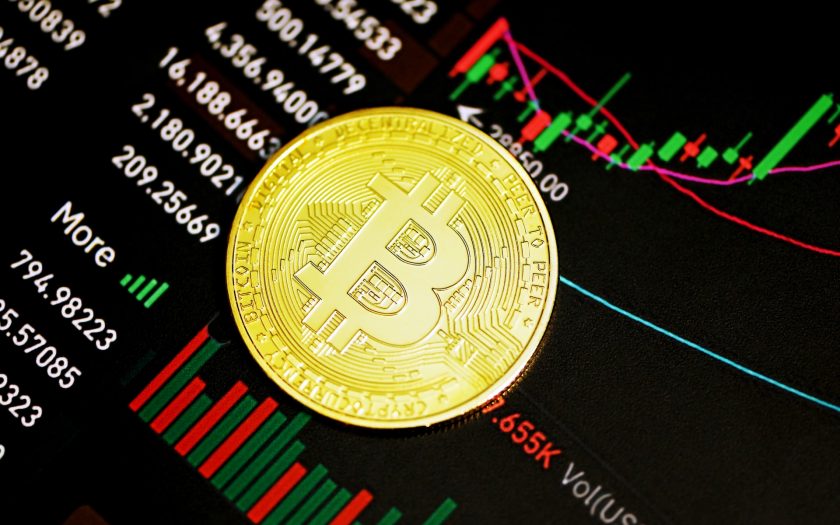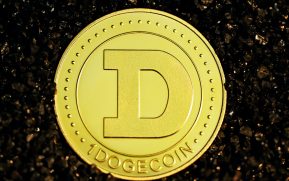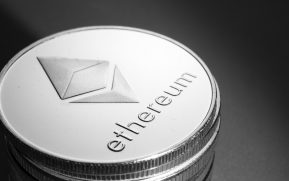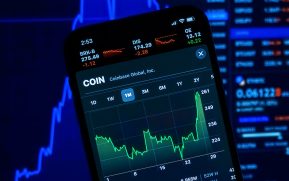
Get an update of science stories delivered straight to your inbox.
Cosmos » Technology » Defending no man’s land: New report outlines policy options to tackle cryptocurrency risks
Petra Stock
Clear and simple information disclosures could enable consumers to better understand cryptocurrency risks according to a new report by UNSW banking and finance law expert, Dr Anton Didenko.
Didenko tells Cosmos that so-called cryptocurrencies operate outside of regulation. For many their value is “simply based on what people think of it”, he says, and that depends on subjective trust.
“My impression is that crashes are inevitable, and they will continue. This is a no man’s land,” he says.
In his report on Decentralised Finance for Certified Practicing Accountants (CPA) Australia, Didenko outlines technology, financial stability, legal and governance risks associated with cryptocurrencies, and potential regulatory tools and policy options.
He argues protecting consumers – the most vulnerable group of decentralised finance investors – should be a regulatory priority. Information disclosures could detail the degree of decentralisation, governance practices, stakes of platform developers, an explanation of token mechanics and technical risks.
So-called cryptocurrencies exist within a wider pool of digital currencies.
Didenko says digital currencies usually involve two key elements: a digital representation of value, which is facilitated or underpinned by some form of technology like blockchain or cryptography.
In 2019, Didenko and co-author Professor Ross Buckley published research classifying different digital currency types. These range from official, or “fiat” currencies issued by commercial banks (like Australian dollars) and the concept of central bank-issued digital currencies, through to alternatives operating outside of official banking systems (including Bitcoin, and other crypto or community currencies).
Official currencies operate in a regulated payments system, whereas, currently, alternatives are mostly unregulated.
Digital currencies exist on a spectrum from centralised (such as central bank issued digital currencies) to more decentralised – like Bitcoin – where the record of transactions is shared by among many users.
“Decentralisation – even when enabled by blockchain – is rarely absolute and generally exists along the spectrum. Indeed, some degree of centralisation can be found in many seemingly decentralised applications”, his new paper on Decentralised Finance states.
In Australia, Didenko says, the benefits of official forms of digital currency – mainly created by commercial banks – are fairly straightforward. “It’s regulated and comes with the backing of the banking ecosystem. You either have banknotes, or coins, or you have digital records, which is also digital currency.”
The Australian government guarantees deposits up to $250,000 in most of Australia’s major retail banks. “If the bank goes down, you will still recover your funds because of Australia’s deposit protection scheme.”
Meanwhile potential benefits associated with decentralised currencies can include efficiency, resilience, transparency and accessibility, according to the report.
Dr Andrzej Gwizdalski is an expert in blockchain and digital assets with the University of Western Australia.
He tells Cosmos the key benefits of an alternative digital currency like Bitcoin is the ability to make transactions without commercial banks acting as intermediaries, as well as its decentralised nature.
“There is no CEO, there’s no marketing department, there’s no one you can call and complain about the service, it’s a truly decentralised network of computers,” Gwizdalski says.
The Bitcoin system works as a shared ledger of transactions that are automatically updated and recorded. Bitcoin operates via “a network of computers, everybody can participate in that network”, he says, the system is global, and open to anyone with a computer.
There is a limited pool of Bitcoins – 21 million – which can each be divided into 100 million units. The value of Bitcoins fluctuates. So-called Bitcoin miners participate, offering up their computing power and electricity to solve mathematical puzzles, in return for currency units.
Get an update of science stories delivered straight to your inbox.
Read more: A token of safety
While Bitcoin was the original, it is no longer the only cryptocurrency. There are now thousands of others. Not all rely on blockchain technology. Some are centralised, like Meta’s failed attempt to launch its own digital currency known as Libra, renamed Diem.
Globally, the total value of crypto assets in decentralised finance grew steeply from US$1 billion to US$170 billion between May 2020 and November 2021, before declining to below US$55 billion in 2022, the paper states.
Official currencies derive some of their value as legal tender. Meanwhile cryptocurrencies operate outside of regulation, says Didenko.
A widely criticised aspect of Bitcoin relates to the environmental impact of its underlying technology — Blockchain. A significant amount of computing power is required to operate the distributed ledger which records transactions.
The website Digiconomist estimates Bitcoin’s global electricity use is equivalent to that of the Netherlands, with annual greenhouse gas pollution of 63 million tonnes carbon dioxide.
Gwizdalski says this argument ignores the environmental pollution of commercial and central banks, and the role of official currencies in driving excess consumption.
Amid reports of cryptocurrency crashes, the Reserve Bank of Australia is actively considering possible use cases for a central bank digital currency.
Didenko says the idea of central bank digital currencies has recently become a “hot topic”, among smaller countries in the Pacific as a means of financial inclusion.
“In a lot of Pacific countries, [there is] maybe just one commercial bank remaining, and they are on the cusp of being excluded from the financial system completely. When that final bank leaves, how do you connect to the global financial system? You don’t.”
In smaller countries, that’s one issue which could be addressed by the central bank issued digital currency.
Whereas in Australia, “we have a functional system, we have a bank population, there’s no obvious driver,” he says.
But even the major trading banks are uncertain about cryptocurrencies. Just one year ago the Commonwealth Bank was the first Australian bank to offer customers the ability to buy, sell and hold crypto assets.
In April, the bank got caught up in a crypto-currency scam and in May it paused the roll-out with chief executive Matt Comyn reported as saying the company was working on the feedback received from customers, and indicating more regulation would be needed before advancing to the next stage.
The Reserve Bank of Australia is currently collaborating on a research project looking at ‘use cases’ for a central bank digital currency, with the potential for a trial in the first half of 2023 and a final report midway through 2023.
Gwizdalski raises some concerns about the potential risks of central bank issued digital currency. He says, “it is a form of programmable money, and that means you can program how the end user will spend that money, which is good and bad.”
“It gives incredible power to the central bank, and perhaps government,” which has serious implications for democracy, he says.
In response, a petition to the Parliament of Australia – signed by more than 12,000 people – has raised concerns about the traceability and programmability of a central bank digital currency, and the risks of personalised monetary policy. It calls for the use of cash – physical bank notes and coins – to be enshrined in law.
Gwizdalski says cash offers anonymity, privacy, but has some limitations in the digital space. But for governments, he says, it is harder to track and tax.
Originally published by Cosmos as Defending no man’s land: New report outlines policy options to tackle cryptocurrency risks
Petra Stock has a degree in environmental engineering and a Masters in Journalism from University of Melbourne. She has previously worked as a climate and energy analyst.
There’s never been a more important time to explain the facts, cherish evidence-based knowledge and to showcase the latest scientific, technological and engineering breakthroughs. Cosmos is published by The Royal Institution of Australia, a charity dedicated to connecting people with the world of science. Financial contributions, however big or small, help us provide access to trusted science information at a time when the world needs it most. Please support us by making a donation or purchasing a subscription today.
Get an update of science stories delivered straight to your inbox.
‘Cosmos’ and ‘The Science of Everything’ are registered trademarks in Australia and the USA, and owned by The Royal Institution of Australia Inc.
T: 08 7120 8600 (Australia)
+61 8 7120 8600 (International)
Customer Service
9:00 am — 5:00 pm ACST
Monday to Friday
[email protected]
PO Box 3652,
Rundle Mall SA 5000, Australia
55 Exchange Place,
Adelaide SA 5000, Australia
Get an update of science stories delivered straight to your inbox.
 How To Make Huge Profits In A Short Time With Crypto
How To Make Huge Profits In A Short Time With CryptoGet detailed training system that shows an absolute beginner (without any skill) how to make huge profits in a short time with crypto.
 Crypto + NFT Quick Start Course
Crypto + NFT Quick Start CourseThe #1 course for profit in the Crypto & NFT world - You will discover the secrets that 99% of people don’t know yet





